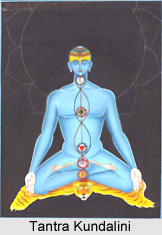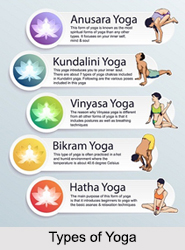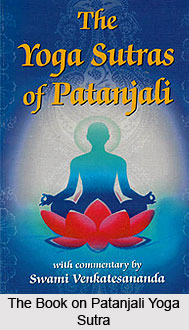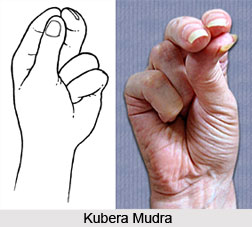 Ekapadasana or the one-leg-pose is one of the cultural asanas that improves the muscular system. This asana is usually practiced both in the morning and in the evening for a period of one to two minutes.
Ekapadasana or the one-leg-pose is one of the cultural asanas that improves the muscular system. This asana is usually practiced both in the morning and in the evening for a period of one to two minutes.
Practice of Ekapadasana is as follows -
* One should retain the position of Prarthanasana.
* Then with the aid of the hands, one should slowly bend one leg and raise the foot till it reaches the thigh.
* The student should maintain the balance and stand on the other leg.
* If one is afraid of falling down, however, he/she should stand and practise near a wall or take the help of a window sill, a pillar or anything available. Then, after steadying oneself on one leg, he/she should press the heel of the raised leg tightly against the opposite groin, and the sole of the foot against the opposite thigh.
* One may alternate the folding of the legs.
Effects of Ekapadasana
Ekapadasana helps in exercising and alternatively relaxing the muscles of the leg and cultivating certain physical characteristics, such as, neuromuscular coordination, balance, endurance and alertness. It also aids to gain nerve control. The demand on the nervous system is, of course, moderate when the same is practiced somewhat indifferently. But, if the body was to be held erect with the chest thrown forward and the legs at right angle to reach other, the demand for neuromuscular coordination to maintain equilibrium would be significantly increased. Ekapadasana helps the flexors and extensors of the leg that is erect and gluteus medius. Co-ordination of muscular activity occurs in Ekapadasana as well.
Precautions in the practice of Ekapadasana
If swaying is experienced while practicing Ekapadasana, the best way to avoid it is to concentrate the mind on each of the movements, i.e. to become thoroughly aware of even the most insignificant variations in steadiness with a view to secure control over all unwanted movements.
This article is a stub. You can enrich by adding more information to it. Send your Write Up to content@indianetzone.com




















